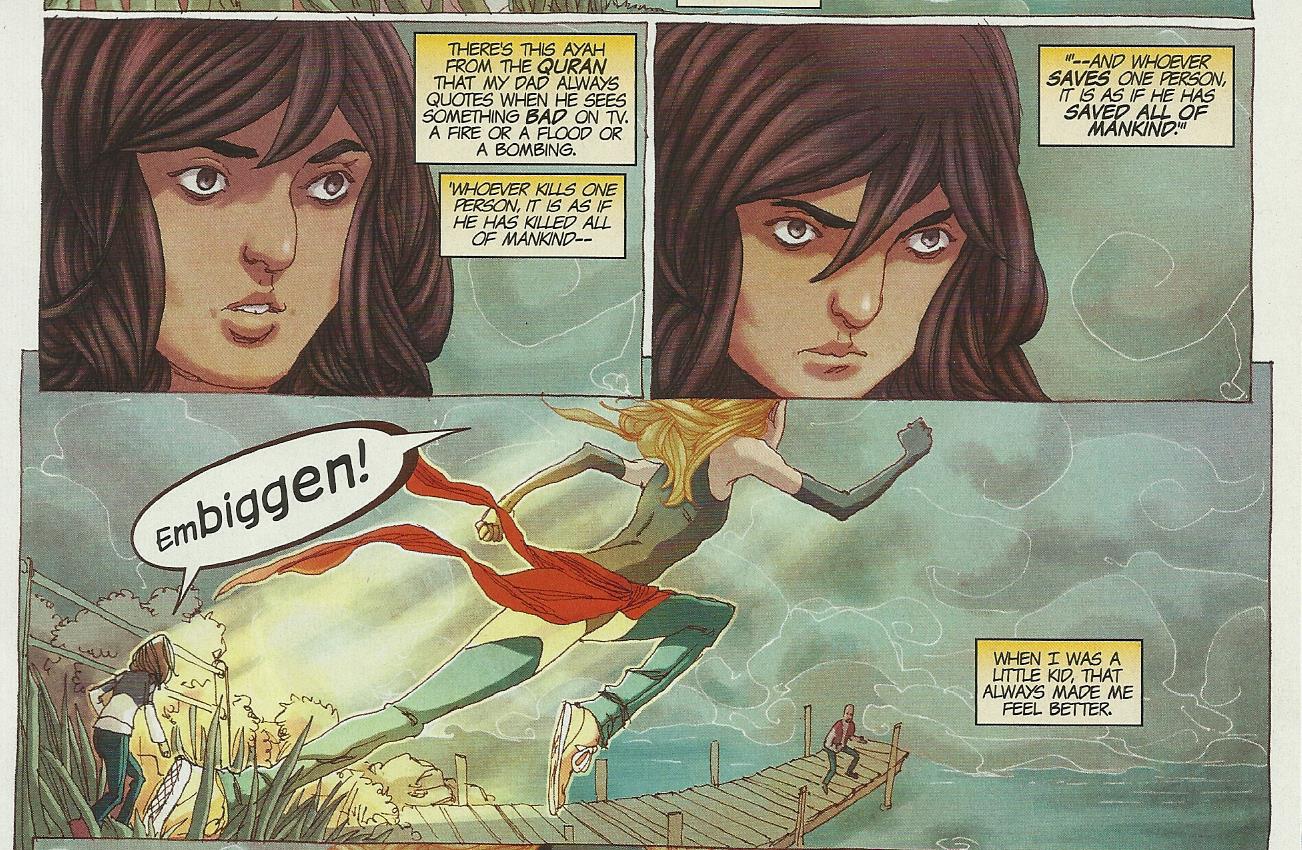Climate change is the “large scale, long-term shift in the planet’s weather patterns and average temperatures.” There is a general consensus amongst the scientific community that climate change is one of the greatest issues humanity faces. Climate change links moral, social and environmental issues and is a global issue that is symptomatic of unsustainable consumption and lack of moderation, which Islam firmly teaches against.
Allah has given us stewardship of the earth; “And it is He who made you successors on the earth” (Q 6:165) and we are to live sustainably and in a manner that isn’t harmful to it; “The servants of the Lord of Mercy are those who walk gently upon the earth” (Quran 25:63). We are warned of the consequence of upsetting the balance (Mizan); “He has set the balance so that you may not exceed in the balance” (Q 55:7-8) and the havoc caused were it to be upset.
“Corruption has appeared on land and sea because of what the hands of humans have wrought, that He may make them taste a part of that which they have done, in order that they may return [to guidance]” (Q 30:41)
Although climate change is felt globally, richer countries have the resources to mitigate its effects. The Muslim world comprises a wide range of countries with different climates; many of which are more susceptible to the devastating effects of climate change. This is due to the fact that climate change exacerbates other issues that are already affecting the countries such as war, lack of resources and financial instability.
The Prophet (peace be upon him) said, “The believers in their mutual kindness, compassion and sympathy are just like one body. When one of the limbs suffers, the whole body responds to it with wakefulness and fever.” [Bukhari & Muslim]. This shows that if while developing Muslim countries bear the brunt of climate change, we should be aware of this, understand our role and as an Ummah try to alleviate their suffering.
To highlight just how far reaching the effects of climate change, I’ve profiled three predominantly Muslim countries from different parts of the world that are bearing the brunt of global warming. These countries face a range of issues such as drought, flooding and rising sea levels that will either compound or trigger social justice issues such as wars over resources, migration crises, loss of their homes and death.
Image by Chowdhury Mohammad Masum Refat
Bangladesh
Bangladesh is a country in South East Asia with a 90% Muslim population. It is a flat country that is characterised by an expansive delta plain and the Chittagong Hills, which are the only extensively hilly area in Bangladesh. Around 80% of Bangladesh’s landmass comprises fertile alluvial lowland called the Bangladesh Plain.
There are around 700 rivers that run through the country and are divided into five major networks. Due to most of the country being less than 12 metres above sea level and the many rivers, which flow through it, it is naturally predisposed to flooding. It also has a tropical climate with winter lasting from November to February, a short, hot spring between March and May and an extended rainy season from June to October.
Bangladesh’s natural geography and climate already make it susceptible to the physical effects of climate change such as flooding, cyclones, erosion and salinization of cropland. According to the WEF Global Risk of 2019, even a 0.5-metre rise in sea level would result in a loss of about 11% of the country’s land, displacing approximately 15 million people. People are already being displaced due to climate change, with 90% migrating to Dhaka at an estimated 1000-2000 arrivals each day. They find themselves in overcrowded slums with little to no sanitation and legal rights.
The sea-level rise pushes saltwater into the country’s coastal agricultural areas, leading to increased salinization of soil and of water sources for irrigation, this not only affects freshwater sources, but it will affect cropland and the World Bank estimates it could cause a 15.6% decline in rice yield. As well as spoiling crops, salinization of drinking water also causes health problems pre-eclampsia during pregnancy, acute respiratory infections and skin diseases.
Photo by Faruk Kaymak on Unsplash
Bosnia and Herzegovina
Bosnia and Herzegovina is a country in South-East Europe with a continental climate (hot summers and cold winters) in inland Bosnia and a Mediterranean climate in southern Herzegovina. Bosnia and Herzegovina has the largest Muslim population in Europe, standing at 51%.
From 1990-2018, the average annual temperature had increased by 1°C yearly, rising from 12.6°C to 13.6°C. The average precipitation is 899mm but this has been increasing over the years, affecting the regularity in which floods occur. One of the most recent events was the 2014 flood, in which the average precipitation was 1028mm for the whole year. These were the heaviest rainfalls recorded in 120 years, with three months of rainfall falling in three days.
The potential costs are detrimental, with experts warning of the possibility of floodwaters having disturbed landmines left over from the Bosnian war. The floods also caused damage to the country’s transport infrastructure, particularly the railway (of which the country only has two) and roads. 90% of the country’s passenger journeys and 70% of its cargo transport takes place on roads. The country needs to have an efficient network that minimises journey times in order for it to maintain its economic stability, competitive position in the region and the ability to continue to attract investment.
It is important that Bosnia and Herzegovina adapt to Climate change. The United Nations Framework Convention on Climate Change (UNFCCC) have used two climate models to make projections for the country, predicting a rise in temperatures and increased frequency of heatwaves and droughts. It also shows that whilst annual precipitation rates are likely to decline, the probability of extreme rainfall events like the one in 2014 is also likely to increase.
Photo by Yasin Osman
Somalia
Somalia is a country located in the Horn of Africa with a 99.8% Muslim population. It has a semi-arid climate with mountains in the North, flat semi-desert plains in the middle and a subtropical region in the south. The average temperature is 29°C and the average annual rainfall is 265mm, with less than 2% of the land being arable.
One of the main climate issues facing Somalia is desertification. The United Nations Convention to Combat Desertification (UNCCD) defines it as “land degradation in arid, semi-arid and dry sub-humid areas resulting from various factors including climatic variations and human activities.” The climatic causes of desertification are droughts, which can be brought on by consistently failed rains. Human activities such as deforestation, overgrazing and mismanagement of land exacerbate the effects of desertification just as much as drought does. The effects of desertification and drought can lead to some catastrophic consequences for humans as drought oftentimes leads to famine and increases competition for resources such as water, which can cause local tensions and trigger inter-communal conflicts.
As two-thirds of the country’s population live in rural areas and are completely dependent on rains for their crops and livestock, failed rainy seasons lead to crop failure and a decline in livestock, triggering widespread food insecurity and pushing people to migrate to cities like Mogadishu. These refugees usually find themselves in undesirable informal settlements at the edge of the city, which are prone to demolition by the authorities without notice and can be a hotbed for extremism.
The problem is set to increase in the future, with the World Bank predicting that mean annual temperatures are to increase by around 3°C throughout Somalia by the end of the century with the probability of drought increasing by 2100.
With the negative effects of climate change predicted to only get worse if global warming continues at the rate it is currently, and the geography of Muslim majority countries meaning they’ll bear the brunt of it. It is important now, more than ever that we as an Ummah need to stand together in tacking this issue.
Author: Muinat Adeyemo














































